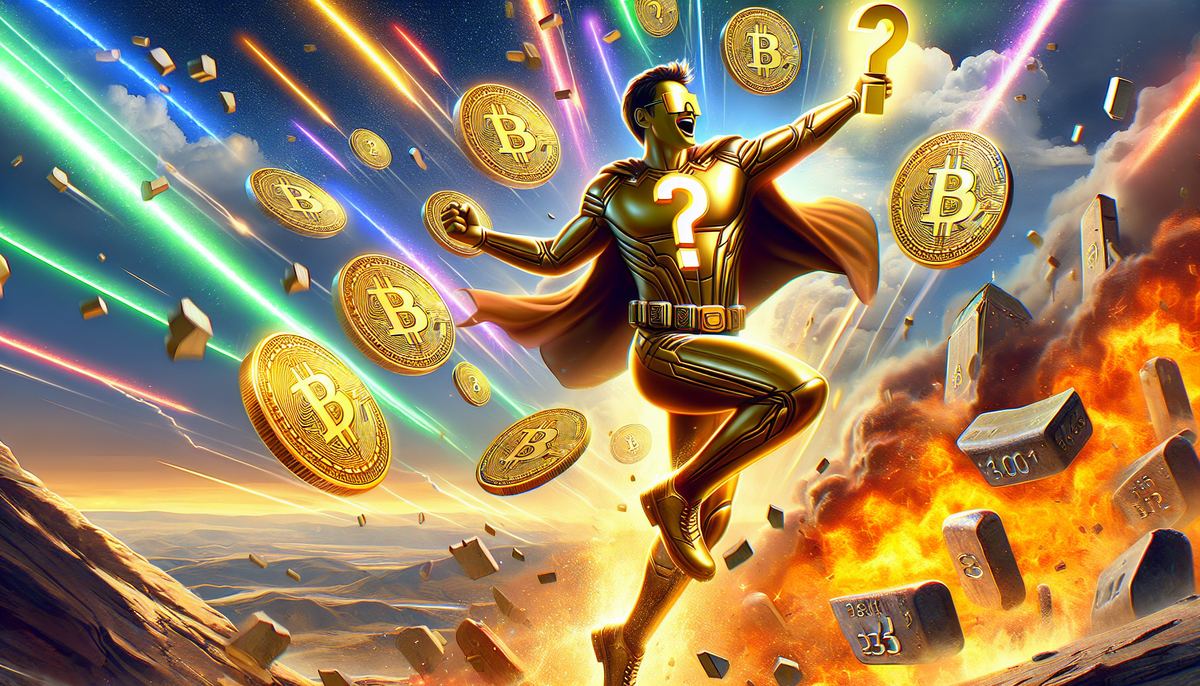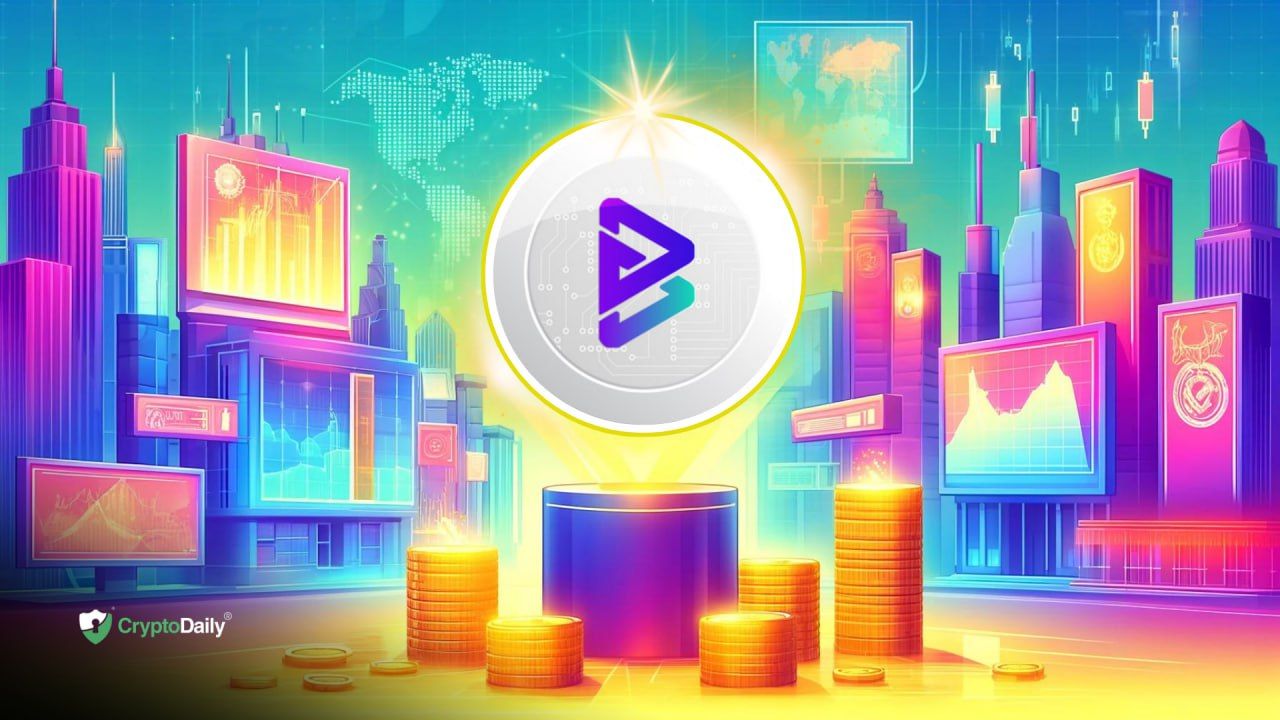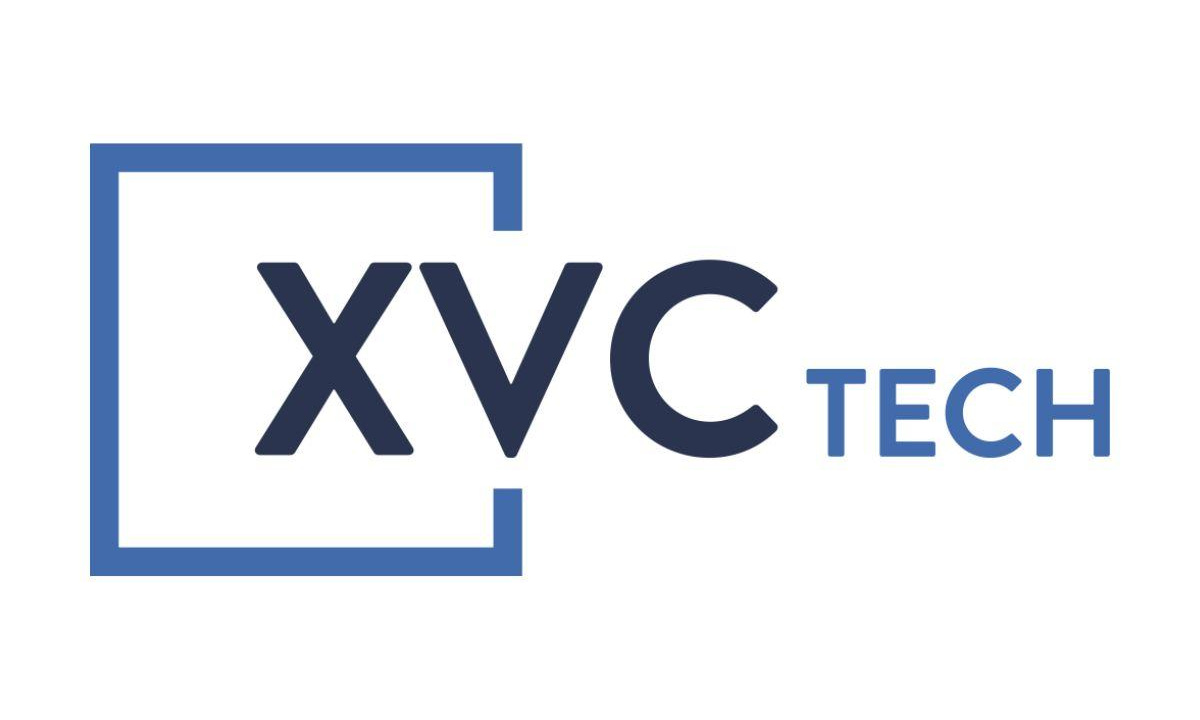Since its heyday in the summer of 2020, DeFi has been actively changing the understanding of the financial system. Traditional financial and banking instruments have remained unchanged for decades, retaining all their shortcomings and limitations.
But with the advent of decentralized finance, cryptocurrencies, and blockchain technologies, the prospect of positive change has emerged. Defi is able to provide access to financial instruments for every person on the planet, regardless of geographic location, wealth, or social status. This was achieved through the use of blockchain technology as the basis for decentralized finance.
Blockchain provides a variety of benefits to the financial system:
- No need for intermediaries and brokers, no extra commissions and hidden fees
- Equal and full-fledged access from anywhere in the world, any country and region
- No requirements for customers and users
Such features ensured the popularity of decentralized finance around the world, and especially in those countries whose residents, for some reason, cannot get full access to traditional banking. And the most promising area of DeFi, of course, is loans and lending.
Source: DefiPulse
According to DeFi Pulse, the first 3 capitalization projects are Maker, Aave, and Compound. All three projects are engaged in lending, and their share continues to grow. It is expected that in the coming years, the most promising areas of DeFi will be decentralized p2p exchanges and crypto undercollateralized loans. And if everything is clear with the first, then the second direction should be told in more detail.
Undercollateralized Loans
The collateral helps to get a loan from the lender that is risk-free as they can easily liquidate the asset if the borrower is insolvent.
But this traditional way of borrowing is not for everyone. For this, there are undercollateralized loans that allow to get money without full collateral from the borrower.
One of the projects that are promoting this model in decentralized finance is Lendefi. The project CEO is Scott Schulz — seasoned Fintech operator, with a solid background in Quality Assurance Testing and Regulated Financial Products.
Lendefi is an innovative second-generation DeFi lending protocol that allows lenders to earn interest on stablecoin deposits, and for borrowers to obtain undercollateralized loans (UCLs) to invest in popular digital assets.
The main advantage of Lendefi is the possibility of undercollateralized loans, meaning you can borrow more than the collateral (serving as a type of security) you provide. Existing lending protocols, for their part, allow overcollateralized loans, meaning users are limited to less than the value of the collateral when borrowing. The example scenarios below illustrates the difference.
- Undercollateralized: You can provide collateral worth 50,000 USD and borrow another asset worth more than 50,000 USD.
- Overcollateralized: You can provide collateral worth 50,000 USD and borrow another asset worth less than 50,000 USD.
With undercollateralized lending, the borrower can leverage their available capital while pursuing investment opportunities that would previously have been beyond reach. Clearly, this will make digital assets more intriguing to investors accustomed to accessing such mechanisms in traditional markets. Lendefi supports operations with ETH, wBTC, UNI, LINK, AAVE, and YFI.
The project has recently attracted investments of $ 750,000. Magnus Capital, TRG Capital, Fengshui Capital, Black Mamba Ventures, Onchain Capital and Black Dragon Group took part in the campaign, which speaks of the trust in the project from reputable organizations.
The interoperability of Compound and Lendefi gives users the option to borrow with a wide range of assets. For example, a borrower could utilize Compound to obtain an overcollateralized loan for USDC using BAT as collateral, then use USDC on Lendefi to take out an under-collateralized loan to invest in wBTC. This interoperability may become deployed as a third-generation protocol itself.
While the mechanism of ensuring trust between borrowers and lenders varies between Compound and Lendefi, they are based on the same governance principles and restriction to popular assets.
Governance model
Both protocols are governed by a decentralized autonomous organization (DAO) which enables complete community and stakeholder control of the protocol.
Restricted to popular digital assets
Both protocols are restricted to popular digital assets. In the case of Lendefi, the selection is based on Uniswap liquidity, and further digital assets can be added as per the decision of the Lendefi DAO, as with Compound’s DAO.
Every protocol provides different use cases. By comparing Lendefi with Compound, we have hopefully highlighted the potential of undercolleteralization in DeFi, which is starting to attract serious interest from the professional investor class. By enabling lenders to earn interest on stablecoin deposits, and giving borrowers access to attractive undercollateralized loans, we are confident that Lendefi can make a major splash in a rapidly expanding industry.
Today it is difficult to borrow a large amount without collateral, if we talk about traditional banking institutions. Due to the fact that decentralized finance can solve this problem, the demand for them is growing, and will grow in the coming years. Undercollateralized lending is the future of DeFi.
Disclaimer: This is a sponsored press release, and is for informational purposes only. It does not reflect the views of Crypto Daily, nor is it intended to be used as legal, tax, investment, or financial advice.
Investment Disclaimer












